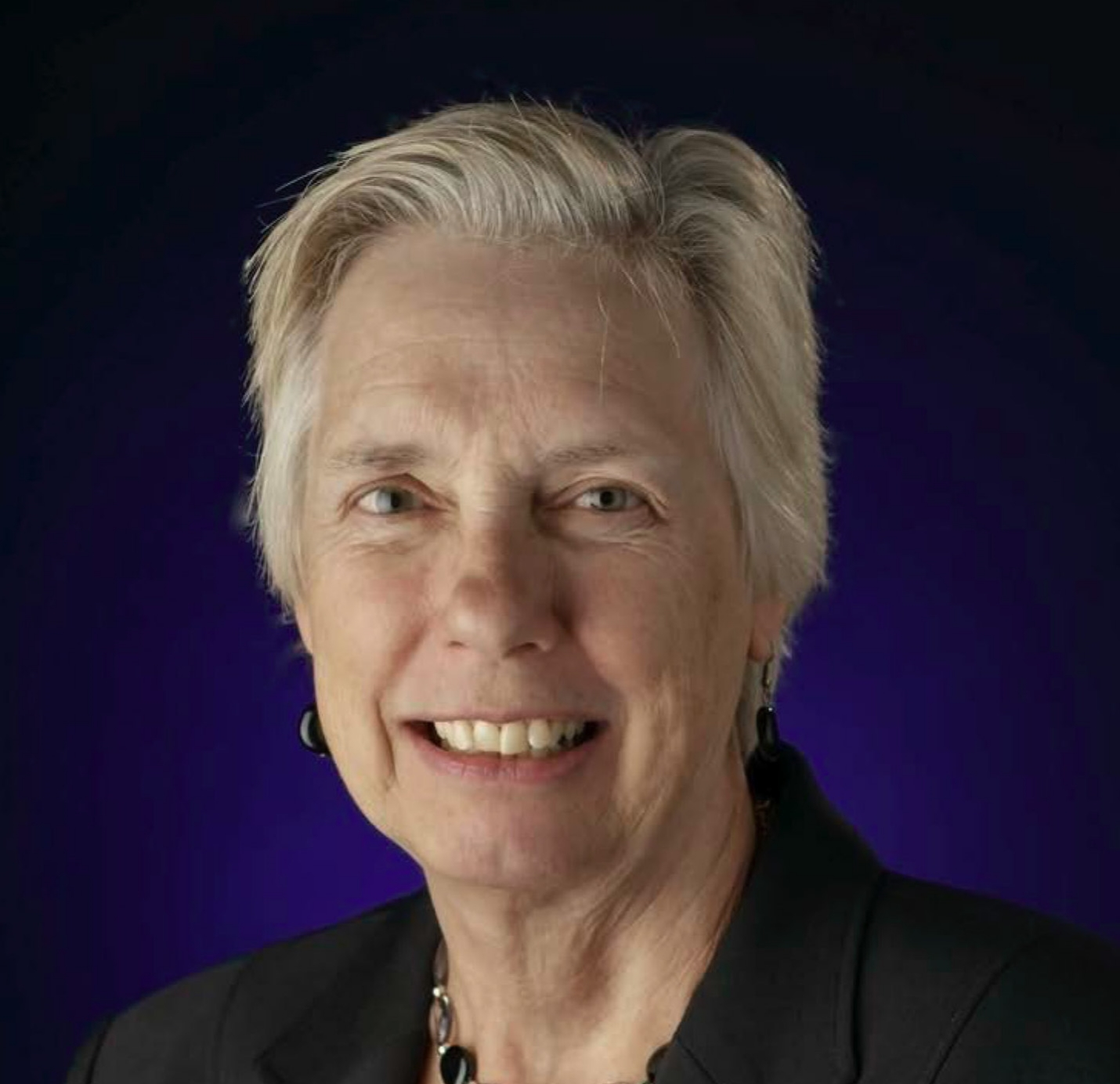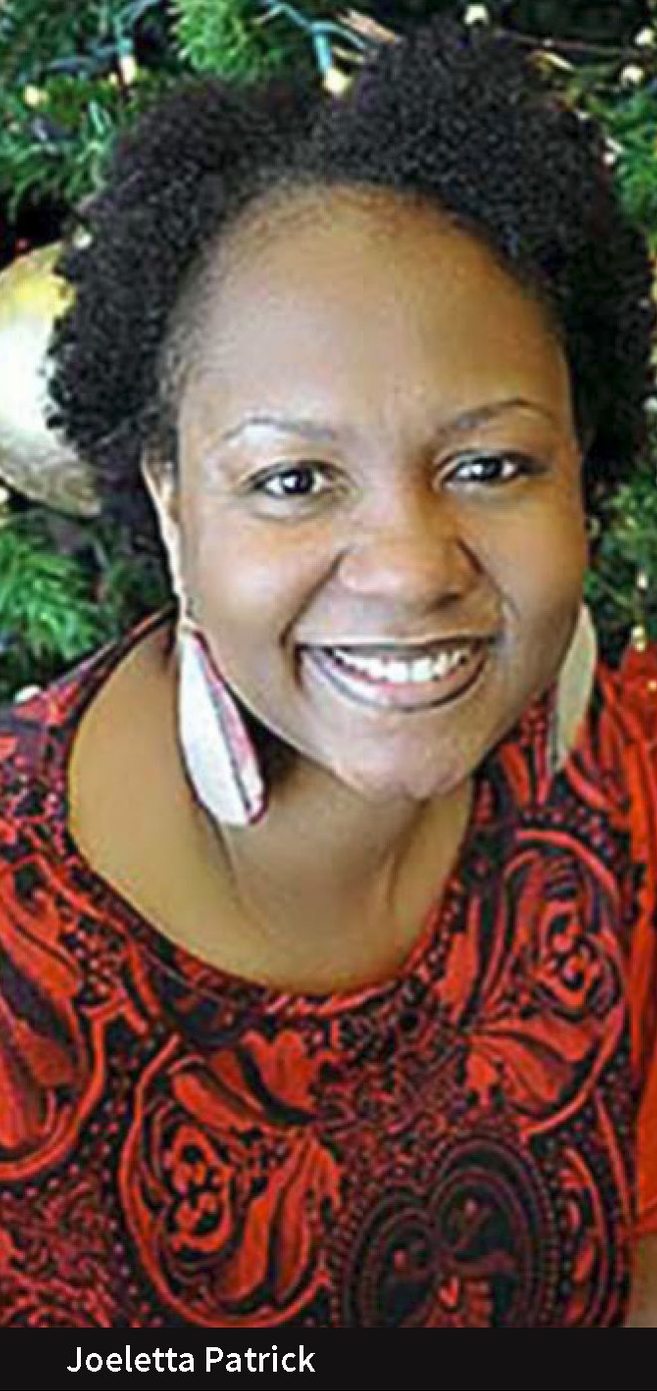If you’re a talented Latino or minority student, and NASA’s space program has always fascinated you, there are ways to gain internships and scholarships at NASA and forge careers there. In fact, NASA is dedicated to attracting a wide range of talented minority candidates whose interests align with NASA’s mission and goals.
If you’re a talented Latino or minority student, and NASA’s space program has always fascinated you, there are ways to gain internships and scholarships at NASA and forge careers there. In fact, NASA is dedicated to attracting a wide range of talented minority candidates whose interests align with NASA’s mission and goals.
One aspect of NASA’s strategic plan is “to advance and attract a highly skilled, competent and diverse workforce,” explains Sharon Wagner, the director of program planning and evaluation in NASA’s Office of Diversity and Equal Opportunity. She says that attracting a talented multicultural staff is “just plain good business practice.” Moreover, she adds that social scientists have demonstrated that “diversity and inclusion increases innovation and creativity and results in better problem-solving and critical analysis.”
[caption id="" align="alignnone" width="1430.0"] Sharon Wagner[/caption]
Sharon Wagner[/caption]
Three divisions of NASA including its Office of Diversity and Equal Opportunity, Office of Human Capital and Office of Education reach out to multi-cultural undergraduates. Some programs are tailored for minority students, but many appeal to a cross-section of students including minorities and women, Wagner suggests. “We make sure we go to a wide range of different venues including Hispanic Serving Institutions (HSI) and Historically Black Colleges and Universities (HBCU) and go to professional associations like the Society of Hispanic Professional Engineers and Great Minds in STEM,” she said.
For the most part, NASA is trying to recruit students who are interested in becoming “scientists and engineers,” Wagner said. Specifically, aerospace, electrical, mechanical engineers are targets as are physicists, astronomers, space scientists, planetary scientists, geologists and astro-physicists.
But it’s not just STEM majors that NASA pursues. For example, a whole range of disciplines including financial experts, budget specialists, accountants, project managers and contract managers are hired. Some are recruited right out of college, some in mid-career and some in later stages of their careers.
Wagner said the ideal candidate “must be enthusiastic about NASA’s special missions and be consistent with our core values of teamwork.” NASA emphasizes collaboration, so candidates who enjoy and thrive on working on teams fit in best at NASA. “We want candidates to have the right stuff. It might seem impossible but we can do it,” she said. Having a positive, can-do outlook works best in NASA’s culture.
But NASA’s culture is inclusive, and Wagner said that liberal arts majors also fit into roles in HR and public affairs. “Any kind of liberal arts can be useful. It teaches critical thinking and how to write,” she said.
Being bilingual can also play a role since NASA collaborates with many international partners. Speaking Russian or Spanish plays a role as does having international experience.
Having been a flight controller, an engineer and now manager of NASA’s Minority University Research and Education Program (MUREP), Joeletta Patrick said that minority students needs to see examples of people like her (she’s African American) who have succeeded at NASA. “We show students that we look like them, and we come from the same backgrounds, and this is not an unattainable goal,” she, a native of Greensboro, N.C., said.
The other technique that works to ignite the interest of minority students is “hands on experience. Getting them involved in various scenarios where they can put their hands on a circuit, and a light comes on,” Patrick noted.
One other key in reaching minority students is providing mentors. The NASA Speakers Bureau, which presents workshops to students in elementary school, middle and high schools, enables students to ask questions and converse with NASA personnel. Patrick remembers one student asking her what exactly was the NASA budget this year, demonstrating his curiosity.
One program that Patrick recommends that minority students investigate is the One Stop Shopping Initiative (www.intern.nasa.gov). Students can log on, enroll, upload their resume and apply for 15 different opportunities across the 10 NASA centers. “It’s like sending 15 applications for 15 chances of trying to get an internship at NASA,” Patrick said. About 80 percent of these internships are “mission-driven” and entail STEM majors, Patrick said.

The more students feel self-confidence and can demonstrate self-efficacy and know what they’re doing, the better they will be able to compete for NASA’s internships and ultimately jobs. Students that thrive at NASA exhibit problem-solving skills, are flexible, adjust to demands, are articulate and are good writers, Patrick observed.
Minority students can also compete for about 30 scholarships annually, noted Carolyn Knowles from the Office of Education. To earn one, students must meet the following criteria: 1) be U.S. citizens, 2) have a high school GPA of 3.5 plus advanced placement courses with fewer than two years remaining in high school.
Besides the One Stop Shopping Initiative, the NASA Pathways program provides an internship program that enables NASA to attract many minority and women students even though it is open to all students and not targeted toward Latinos or African Americans. It’s aimed at undergraduates who spend a semester at one of NASA’s offices in an internship and are paid a stipend and may receive credit depending on each university’s policy, Wagner noted. Pathway interns are considered NASA employees, and if they’re hired after graduation, time spent at Pathways counts as part of service.
To be eligible, students must be at least 16 years of age, pursue an undergraduate, graduate or doctorate in a major field of study related to the job they’re applying for, have one year left of school, maintain at least a 2.9 GPA and be able to complete 640 hours of work in one semester. Besides STEM majors, students interested in human resources, procurement, finances and public affairs can apply. Quite a few of NASA’s Pathway students are hired full-time at NASA, Wagner said.
Students can attend college or live anywhere but being in proximity to one of NASA’s centers helps. Major NASA centers include Johnson Space Center in Houston, Texas; Goddard Space Flight Center in Greenbelt, Maryland, and Marshall Space Flight Center in Huntsville, Alabama. Some employee groups help interns locate housing, but arranging lodging isn’t part of the program, Wagner added.
Besides Pathway, NASA offers a summer internship program. All students spend 10 to 12 weeks at a NASA center, but unlike with Pathways, they are not considered NASA employees. Nonetheless, Wagner said these summer internships offer “invaluable experience, can be added to one’s resume” and can help in building a resume to apply for Pathway internships.
The major criterion for securing an internship is making sure the students’ “interests align with the mission that NASA is working on,” Wagner observed.
During the internship, students are assigned a mentor, and interns assist with whatever project the mentor is concentrating on at the time. They could be doing research on quantum physics or researching materials needed in a harsh environment like working on Mars, Wagner pointed out.
NASA’s interns can reap a myriad of benefits from the experience whether they end up working full-time at NASA or not. Some interns are recruited by NASA’s partners that might include Boeing or Lockheed. “At many of our work sites, it’s hard to tell whether someone is a NASA employee or a Boeing or Lockheed employee” because they work so closely together, Wagner cited.
Recruiting a diverse staff is critical at NASA. Since NASA represents the entire American populace, it is critical that it “reflects and represents all Americans,” Wagner noted.